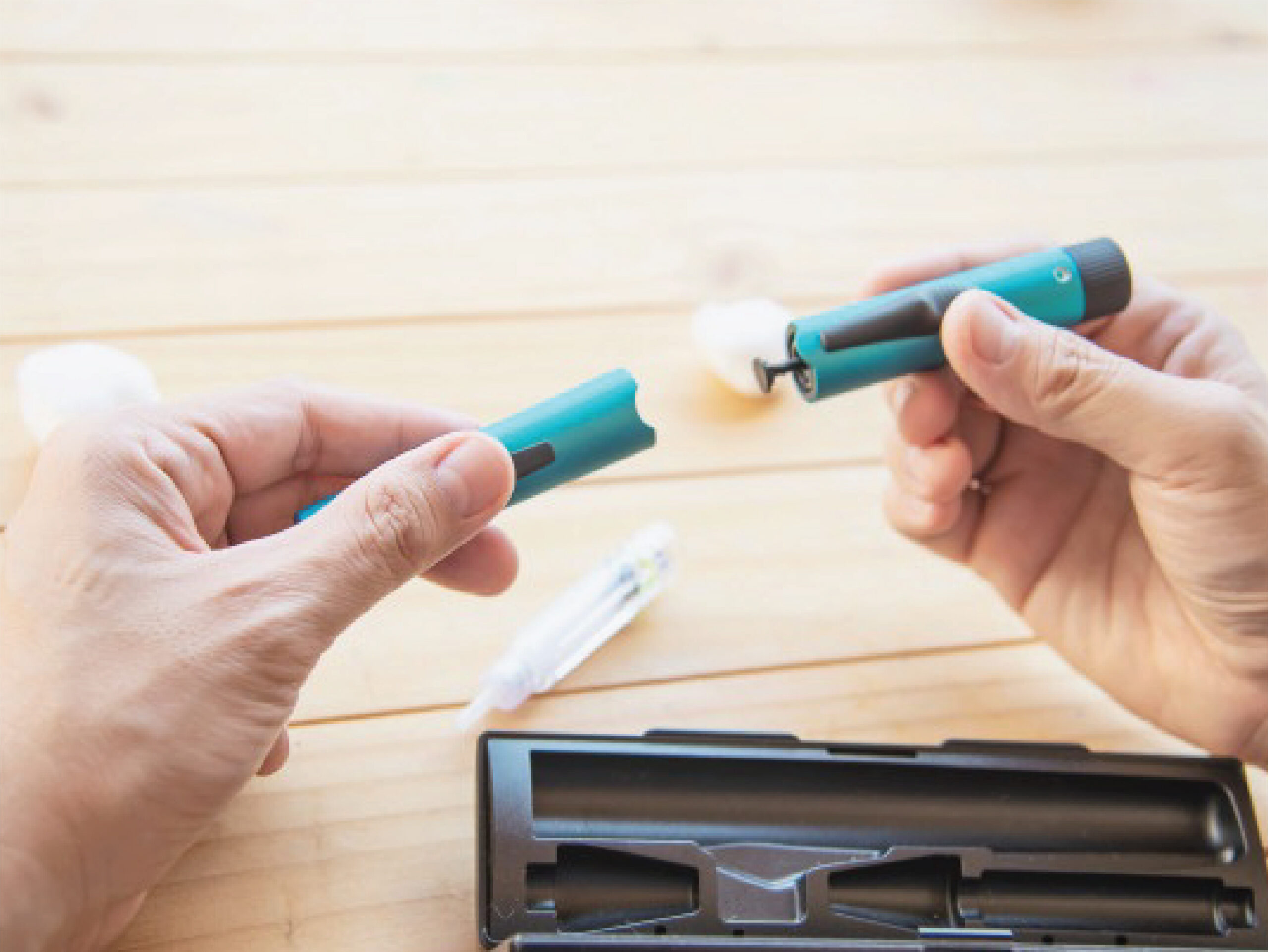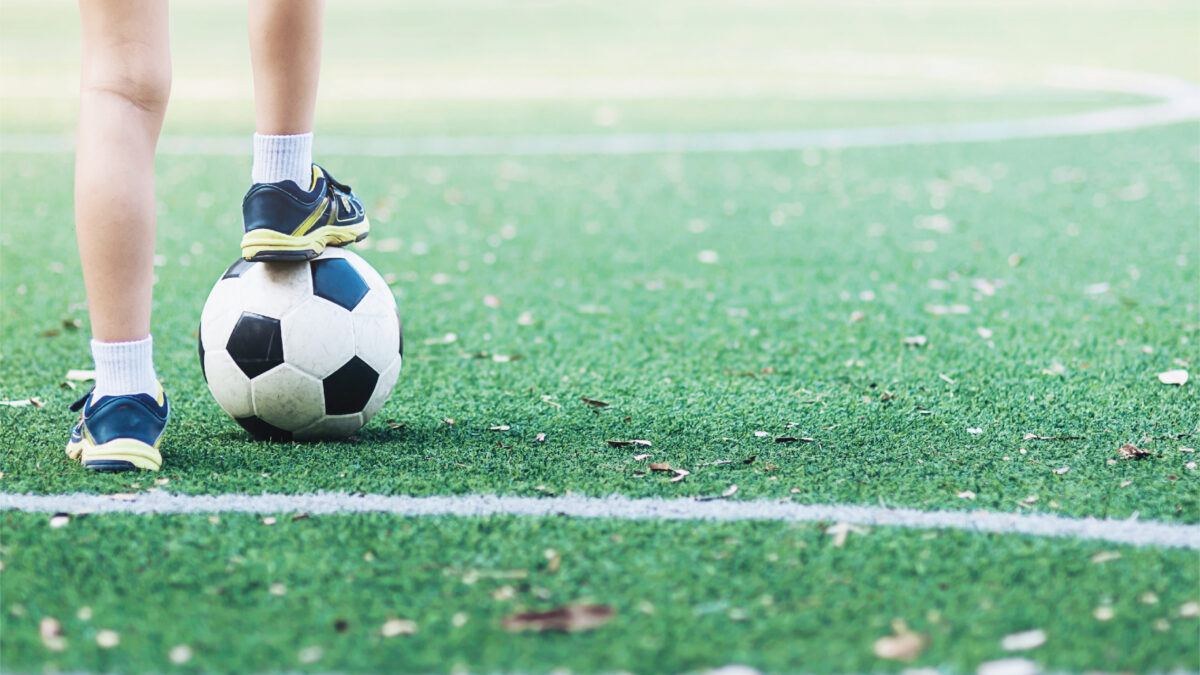
Choosing The Right Needle Size For Insulin Control
January 14, 2022
How Diabetes Increases Your Risk Of Fatty Liver Disease
January 19, 2022The responsibilities of parenthood can be hard to shoulder at most times, but it’s a lot tougher when you have a child with diabetes. While most of us do recognize the importance of physical activity and exercise for health, including child development, it can be a cause of concern in parents to diabetic children. This is because physical activity has a direct impact on blood sugar levels, as does diet, stress, and the use of insulin. Just as too little or too much of any of these things can threaten your child’s health, so too can too much or too little physical activity. Despite these concerns, physical activity in the form of exercise or sports is important for your child and you can ensure that your child reaps these benefits safely.
Sports & Physical Activity For Children With Diabetes
Any form of physical activity, whether structured sports, exercise, or play, can help with diabetes management in children. Staying physically active and fit helps to keep blood pressure levels in check, lowers lipid levels, strengthens the heart, and can improve blood sugar regulation, as well as weight management.
Encouraging your child to get active requires some amount of planning as it has a direct impact on blood sugar levels. Activities should therefore be consistent and regular, while monitoring of blood sugar levels is absolutely essential to better understand how different levels of activity affect your child. Every child and every situation is different, so physical activity can cause blood sugar levels to drop or rise, or may even have no significant effect.
In general, physical activity is more likely to cause blood sugar levels to drop when:
- Your child has received a high dose of insulin.
- The physical activity has a duration of an hour or more.
- The physical activity is vigorous or high intensity.
On the other hand, blood sugar levels can climb when:
- Your child’s insulin dose is low or inadequate.
- The activity is anaerobic, involving short bursts of energy with periods of rest in between, such as athletics or cricket.
What Happens During & After Physical Activity

Some amount of glucose or blood sugar that is stored in the muscles and liver is utilized during physical activity as a source of energy. Unless these energy stores are replenished, blood sugar levels can drop dramatically. In most cases, this can take about 12 hours, but it can even happen 24 hours later if the activity was strenuous or if there has been little to no carb intake.
Blood sugar levels may also be low after physical activity because physical activity improves insulin sensitivity. This means that your child may need a lower dose of insulin as they get more active and there may also be a need for dietary changes to prevent low blood sugar. These changes should only be made under the advice of your paediatric diabetes doctors.
Safety Tips For Physical Activity In Children With Diabetes
No matter what kind of physical activity your child engages in, monitoring blood sugar is absolutely essential. Blood sugar should be checked before any activity, every hour during an activity, and after the activity to ensure that blood sugar levels are stable. Your child’s blood sugar level should be over 120 mg/dL before and during exercise.
If blood sugar levels are over 250 mg/dL, physical activity should be delayed until levels are stabilized. Drinking more water to improve hydration should help to bring blood sugar levels down. On the other hand, if blood sugar levels fall low at any time, you can administer 15 grams of carbohydrate in the form of quick-sugar foods.
Most importantly, make sure that other parents, coaches, or supervisors are aware of your child’s condition and know how to deal with such situations in your absence. This is crucial to ensuring that your child can exercise safely.




